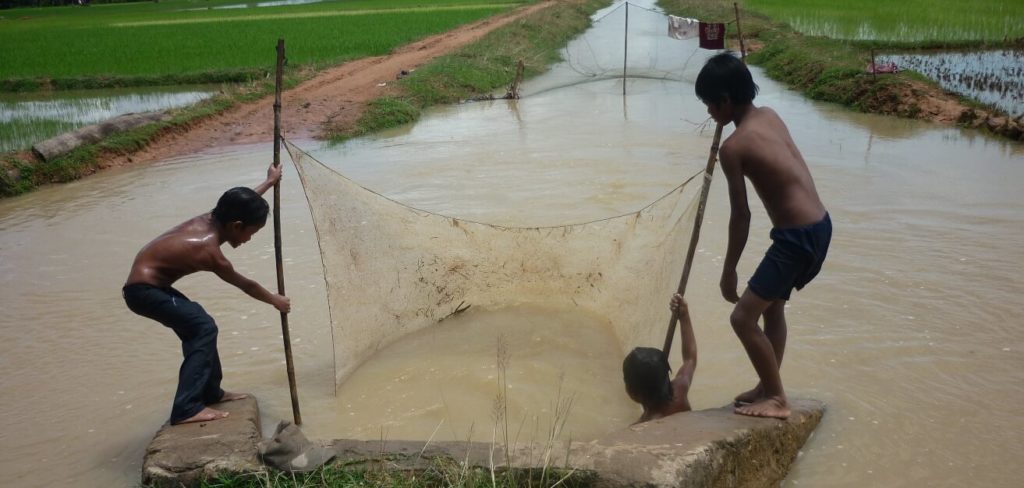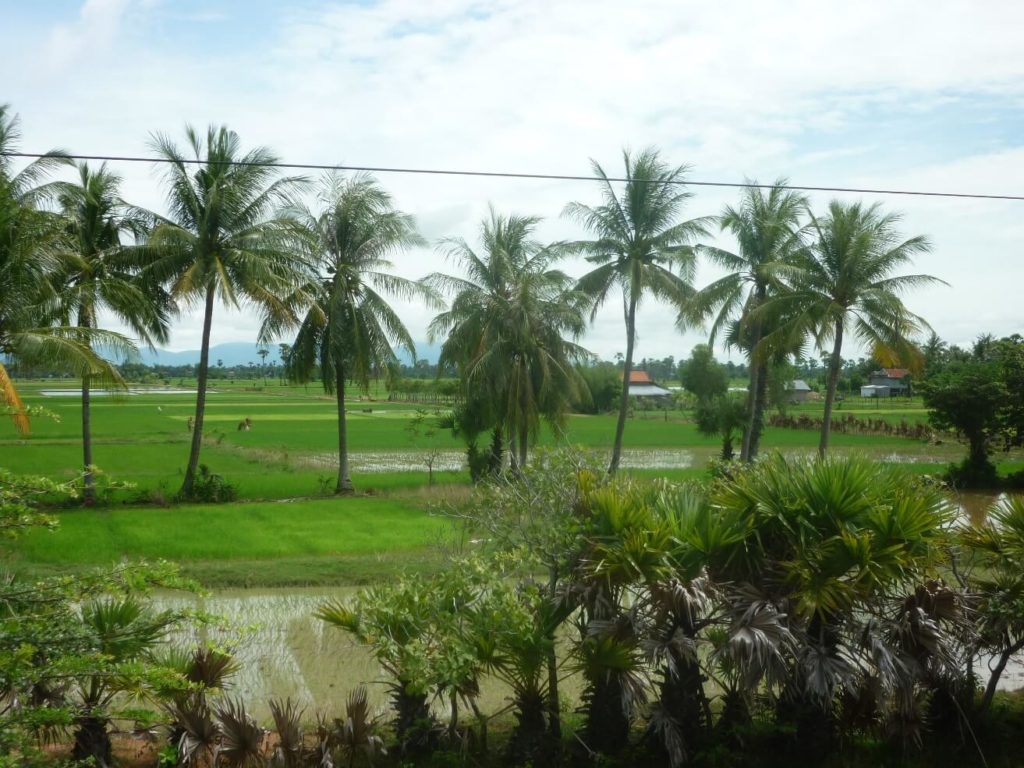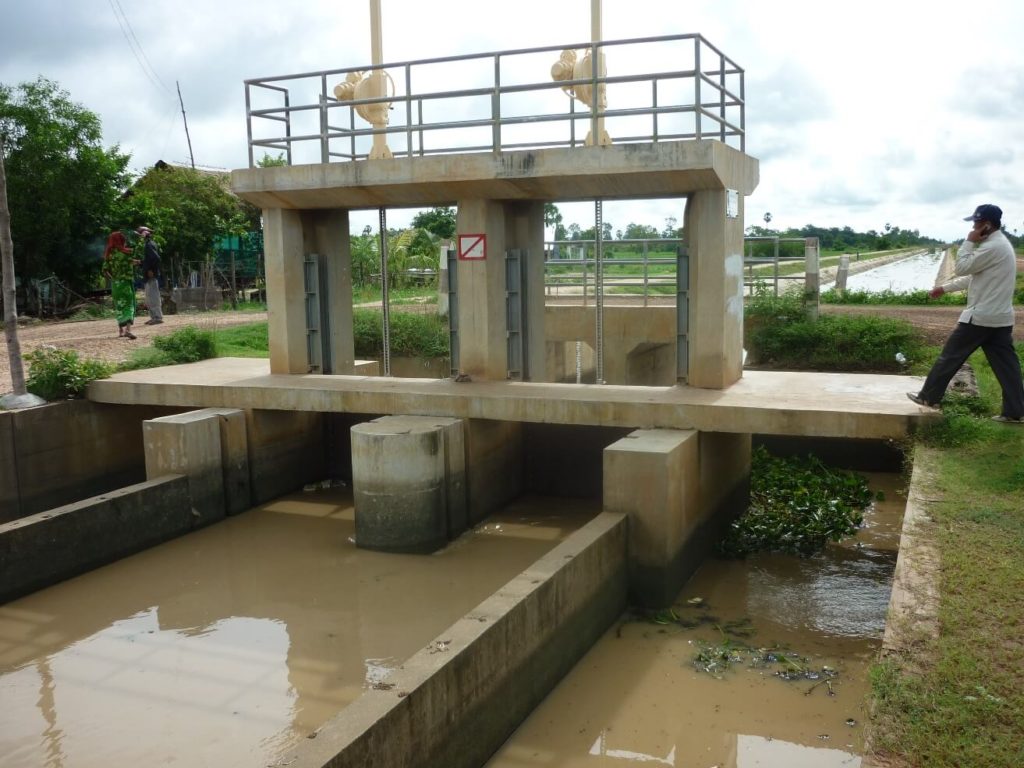The discourse associated with irrigated agriculture often highlights the challenges that are faced with respect to inefficiencies, underperformance and impacts on the hydrological cycle, particularly the publicly owned and managed large-scale irrigation systems (LSIS) that dominate transitional economies in South Asia and Southeast Asia. These public assets account for about 115 million hectares or approximately 45% of the total area under irrigation in the region. Globally LSIS constitute 130 million hectares out of a total global irrigated area of 320 million hectare, a significant asset.
If one goes further and estimates the economic value of the primary crop production that is generated from LSIS globally, a figure of US$ 355 billion annually has been calculated by Langford et al (2016). To put this in perspective, this level of economic output is equivalent to the world’s sixth largest company ranked by revenue on the Forbes Global 2000 list of May 2014 (above the Volkswagen Group, Toyota and PetroChina)! LSIS are clearly an asset that has been unrecognized and economically undervalued. Though they should be viewed as important national assets with an economic status equivalent to that of large companies that operate in these countries, today this is not the case.
These systems produce significant quantities of calorie-rich and agro-industrial crops that include rice wheat, cotton and sugarcane to name a few, with implications for local and global food security and in addressing poverty. LSIS also alter the hydrology and water quality of rivers through diversion, consumption and return flows that significantly impact the timing and nature of water-based ecosystem services. Yet LSIS, when distributing water by gravity and managed effectively, use far less energy than equivalent pressurized sprinkler and drip systems, and thus reduce their own carbon footprint. LSIS are central to the nexus between food, climate change, energy and environmental accountability and can substantively contribute to the UN’s Sustainable Development Agenda.


